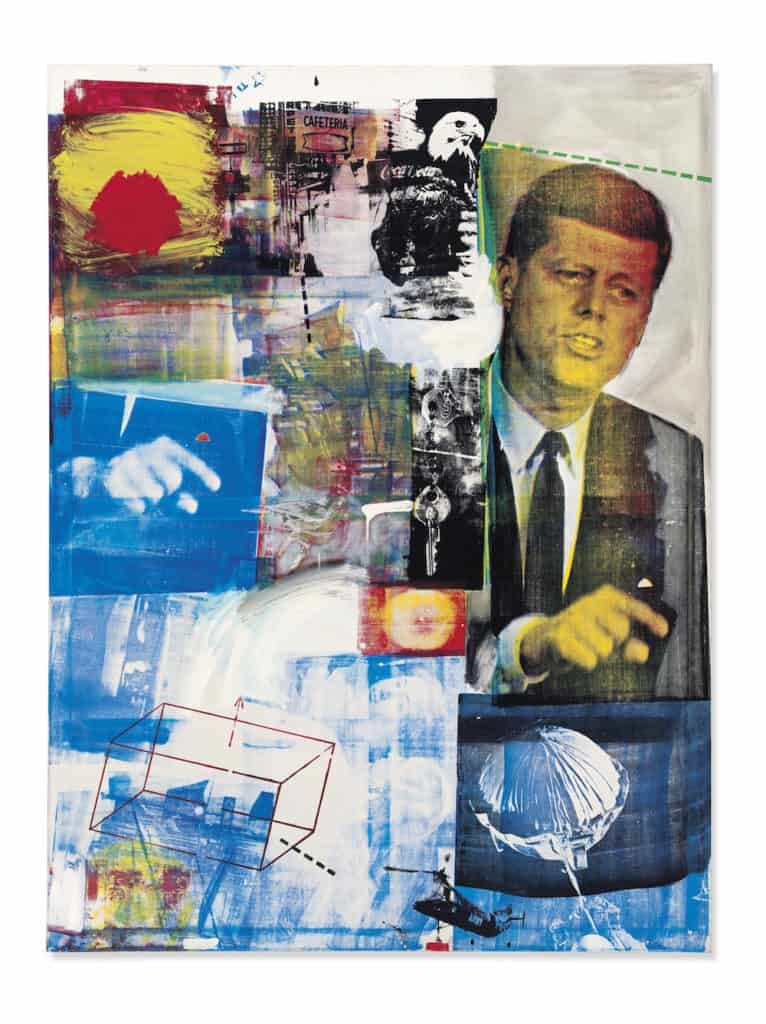In recent years, the rise of Non-Fungible Tokens (NFTs) has revolutionized the art world, particularly in the realm of digital art. NFTs allow artists to create unique, verifiable tokens that represent ownership of their work on the blockchain. This technology has enabled artists to monetize their digital creations in unprecedented ways and has sparked a frenzy of interest and investment in the NFT market.
How NFTs Work
Essentially, an NFT is a digital certificate of ownership that is stored on a blockchain, typically the Ethereum blockchain. Each NFT contains metadata that verifies the authenticity and uniqueness of a specific artwork. This metadata includes information such as the artist’s name, a description of the artwork, and a link to the original file.
When an artist creates an NFT, they mint it on a platform that supports NFTs, such as OpenSea or Rarible. Minting an NFT involves uploading the artwork file, adding the necessary metadata, and paying a small fee. Once minted, the NFT is stored on the blockchain, making it secure, immutable, and easily transferable.
The Benefits of NFTs for Artists
One of the key benefits of NFTs for artists is the ability to retain ownership and control over their work. Unlike traditional art markets where artists often lose control of their creations once they are sold, NFTs allow artists to set the terms of their sales and receive royalties on secondary market transactions.
Furthermore, NFTs provide a solution to the problem of digital art piracy. Because each NFT is unique and verifiable, it is difficult for counterfeiters to replicate or steal digital artworks without the artist’s consent. This gives artists greater peace of mind and allows them to focus on creating new work without fear of infringement.
The NFT Market Explosion
The NFT market has exploded in recent months, with sales reaching record highs and attracting attention from collectors, investors, and celebrities. High-profile NFT sales, such as Beeple’s $69 million auction at Christie’s, have brought mainstream awareness to the potential of NFTs in the art world.
As a result of this attention, more artists are flocking to NFT platforms to mint and sell their work. This influx of new talent has led to a diverse range of digital artworks being minted as NFTs, from digital paintings and animations to virtual reality experiences and music albums.
The Future of NFTs in Digital Art
While the NFT boom has undoubtedly brought new opportunities to artists, it has also raised concerns about sustainability and market speculation. As with any emerging technology, there are risks associated with investing in NFTs, including fluctuating prices, potential scams, and environmental implications due to the energy-intensive nature of blockchain transactions.
Despite these challenges, the growth of the NFT market shows no signs of slowing down. As more artists and collectors embrace NFTs as a legitimate form of digital ownership, the potential for innovation and collaboration in the digital art world is endless. By understanding the principles and benefits of NFTs, artists can navigate this new landscape with confidence and creativity.
